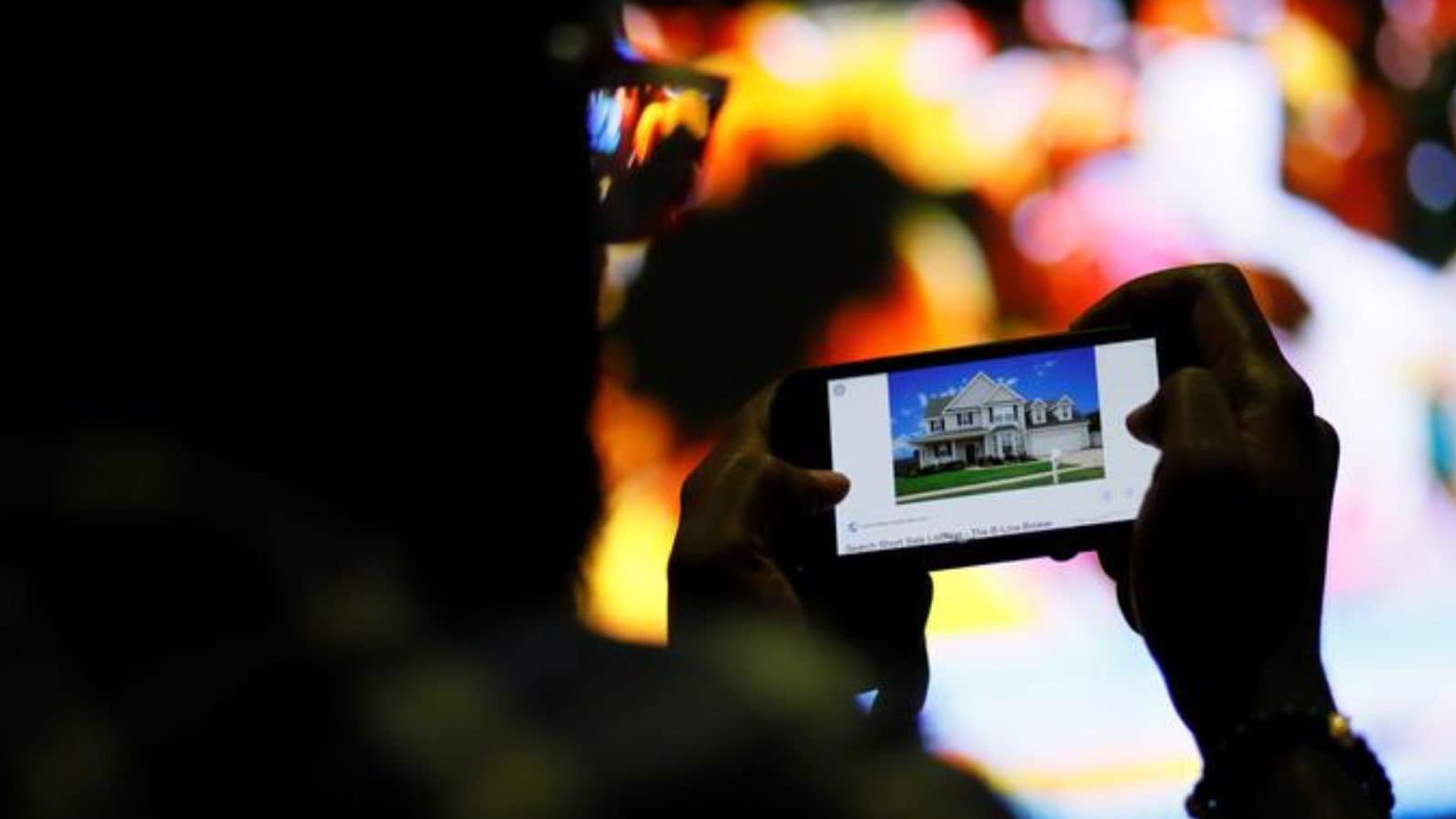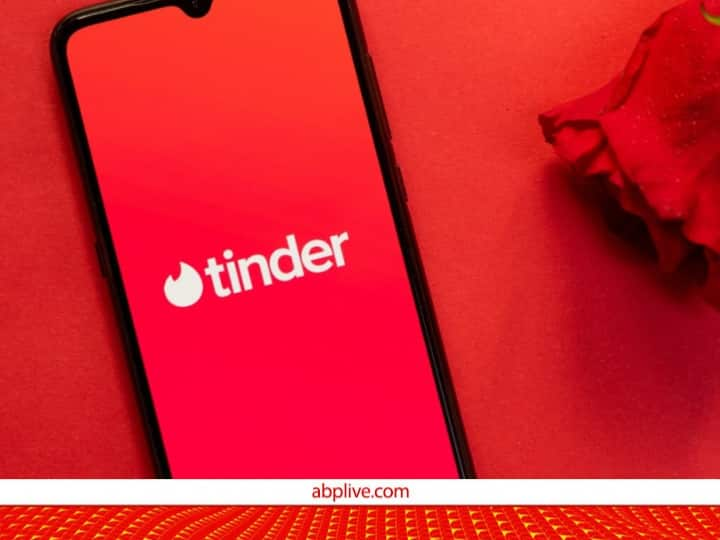[ad_1]
Edited By: Shaurya Sharma
Last Updated: February 15, 2023, 11:50 IST

Screen time is rising across all age groups. (Image: Reuters)
Here’s a list of five tips that you can incorporate into your daily routine to safeguard yourself from Smartphone Vision Syndrome.
As work shifts to a more digital format, an increasing number of individuals are relying on laptops and smartphones to complete their tasks. However, many are experiencing eye strain and general screen fatigue as a result of extended usage. In fact, a woman has reportedly temporarily lost her sight due to her smartphone, according to Dr. Sudhir Kumar, a neurologist based in Hyderabad’s Apollo Hospital.
While there is a general consensus that smartphones do not have any concrete evidence of causing long-term damage to the eyes, there are increasing reports of increased fatigue. To address this issue, we have compiled a list of five tips that you can incorporate into your daily routine to safeguard yourself from Smartphone Vision Syndrome.
Turn to the ‘Dark side’
No, we are not asking you to join a cult. However, it is worth noting that modern smartphones often feature a built-in dark mode, which can modify the UI to have a dark or fully black background. By using this feature, you can reduce your exposure to blue light, and the white-on-black text can be easier to read, ultimately decreasing eye strain and stress.
Invest in Computer Glasses
If you don’t have a vision defect like farsightedness, it usually doesn’t make sense to wear glasses but lens coatings play an important role in cutting blue light, and ensuring you remain stress-free for long.
Limit Screen Time
Although this argument applies to all the devices you use regularly, it’s crucial to restrict your smartphone usage due to its unmatched accessibility. Many people develop a habit of frequently checking their phones, which can result in increased screen time. It’s easy to lose track of time and spend more time on the phone than necessary, which is why limiting smartphone usage is important. Using software screen time tracking features like Digital Wellbeing and Apple’s Screen Time can help you track your usage patterns and even limit access.
Use Ideal Display Scaling and Text Size
Contrary to popular belief, adjusting text and display scaling isn’t only necessary for the elderly or those with vision impairments. Given the extended periods we spend on our devices, it’s essential to customize the text and display settings according to our comfort levels. Therefore, it’s advisable to modify the text size and other display settings to a more comfortable level, regardless of age or visual acuity.
Use Night light on Android and Night Shift on iPhones for a more comfortable experience
iPhones and Android smartphones come equipped with a feature that adjusts the display’s color temperature—making it warmer as the day transitions to night or whenever you need it to. This functionality can reduce eye strain and make it easier to use your device in low light environments. Additionally, most smartphones offer the ability to schedule this feature, so it automatically turns on when you want it.
Use the 20:20:20 Rule and Keep Blinking
Dr. Sudhir Kumar suggests that individuals who spend extended periods working on digital devices should take a break every 20 minutes and focus on an object that is at least 20 feet away for 20 seconds. And, frequently blinking while looking at a display should also help. Following these practices can help protect your eyes.
Read all the Latest Tech News here
[ad_2]
Source link





